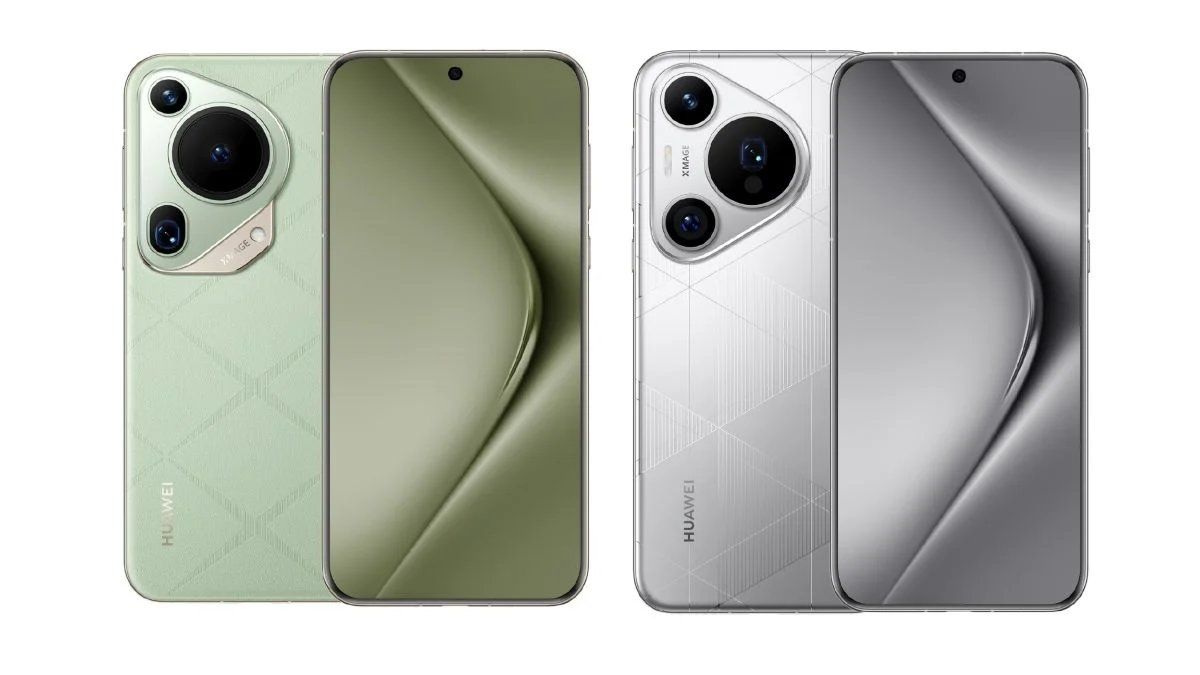Just In
- 10 hrs ago

- 10 hrs ago

- 12 hrs ago

- 12 hrs ago

Don't Miss
- Sports
 DC vs SRH IPL 2024: Player of the Match, Full List Of Award WInners, Post Match Presentation and Match Stats; Sunrisers Win Big
DC vs SRH IPL 2024: Player of the Match, Full List Of Award WInners, Post Match Presentation and Match Stats; Sunrisers Win Big - Finance
 1:1 Bonus Shares: 2nd May Fixed As Record Date; Bet On The Stock To Be Eligible?
1:1 Bonus Shares: 2nd May Fixed As Record Date; Bet On The Stock To Be Eligible? - News
 US House Passes $95 Billion Aid For Ukraine, Israel And Taiwan
US House Passes $95 Billion Aid For Ukraine, Israel And Taiwan - Lifestyle
 Ananya Panday Ups Her Summer Style Game For Femina Magazine Shoot, Get Inspired!
Ananya Panday Ups Her Summer Style Game For Femina Magazine Shoot, Get Inspired! - Movies
 When Aishwarya Rai Gives ‘Classy Slap’ On Journalist’s Face For Asking Her To Pose Nude, Watch Video
When Aishwarya Rai Gives ‘Classy Slap’ On Journalist’s Face For Asking Her To Pose Nude, Watch Video - Education
 Assam Class 10 Result 2024 Declared: Anurag Emerged as the Top Performer With 593 Marks
Assam Class 10 Result 2024 Declared: Anurag Emerged as the Top Performer With 593 Marks - Automobiles
 Tata Altroz Records a 55% Sales Growth in March 2024
Tata Altroz Records a 55% Sales Growth in March 2024 - Travel
 Journey From Delhi To Ooty: Top Transport Options And Attractions
Journey From Delhi To Ooty: Top Transport Options And Attractions
New 3D-printed batteries will come in desired shapes
OEMs will now be able to decide the form factor of the device regardless of the size of the battery.
Most of the electronic devices used today such as our smartphones, laptops, and even the electric vehicles make do with lithium-ion batteries. The size of these devices determines the size of the batteries and vice versa.

According to a report from a publication on the American Chemical Society, a team of researchers from Duke University has developed a new method to 3D print lithium-ion batteries in any shape.
As of now, the conventional lithium-ion batteries are usually cylindrical or rectangular in shape and that usually determine the form factor of the gadget. When a manufacturer is working on the development of a smartphone, a certain size and space have to be dedicated to the battery.
This also restricts the available space and the design options available to OEMs to play around with. The new 3D printing technologies will bring this to an end as it will let manufacturers fabricate the whole device, including the battery and electronics components, in almost every possible shape.
The potential of the battery was demonstrated using a 3D-printed LED bangle bracelet integrated with a lithium-ion battery. The bangle battery could power the LED for up to 60 seconds. According to the researchers, the capacity of the first-generation 3D-printed battery is lower than that of commercial batteries, which isn't enough for practical use.
Besides, according to a study by the University of Birmingham researchers, sodium-ion battery technology can hold as much as seven times the charge of the current lithium-ion solution. However, in an article published in the Journal of American Chemical Society, the biggest issue is the storage of these sodium ions.
Considering the fact that a sodium ion isn't small enough to fit between the graphite carbon layers seen on conventional lithium-ion batteries. Earlier, solutions had glass substrates and other materials. According to the recent study, the best intermediary for the batteries could be phosphorus.
According to a new research published by the Advanced Energy Materials journal, several devices can be recharged through their movement only. The process will use the Triboelectric Nanogenerators (TENGs).
-
99,999
-
1,29,999
-
69,999
-
41,999
-
64,999
-
99,999
-
29,999
-
63,999
-
39,999
-
1,56,900
-
79,900
-
1,39,900
-
1,29,900
-
65,900
-
1,56,900
-
1,30,990
-
76,990
-
16,499
-
30,700
-
12,999
-
18,800
-
62,425
-
1,15,909
-
93,635
-
75,804
-
9,999
-
11,999
-
3,999
-
2,500
-
3,599












































